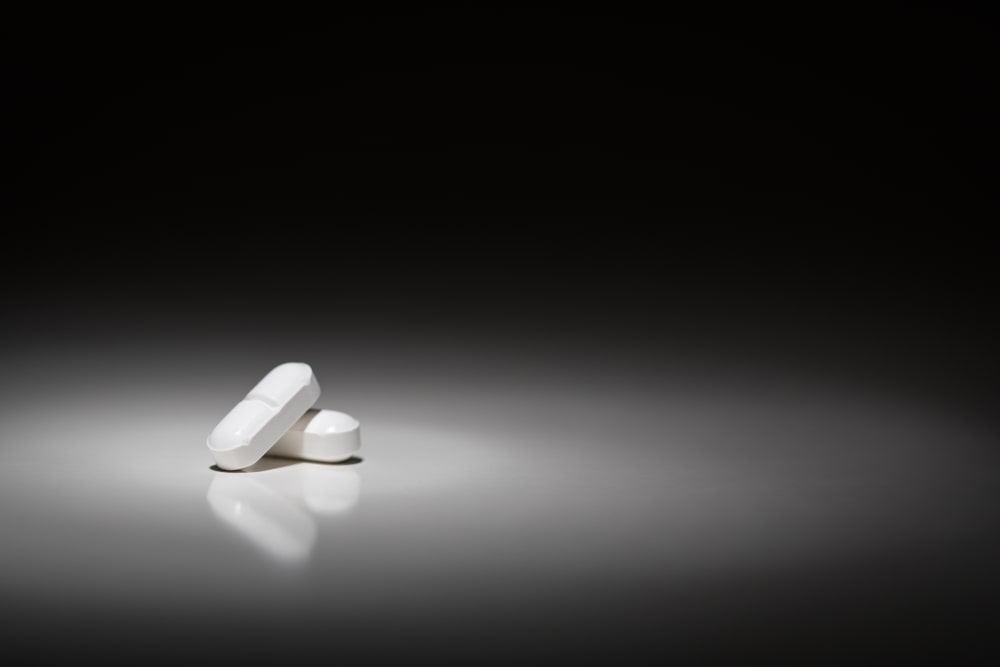Vicodin is a potent prescription pain reliever used to treat moderate to severe pain. It is a combination of two medications: acetaminophen and hydrocodone. Hydrocodone is a narcotic, also known as opioid pain medication. The less potent pain reliever, acetaminophen, works to increase the effects of hydrocodone. The United States Drug Enforcement Administration (DEA) has classified Vicodin as a Schedule II controlled substance, meaning it is marked as having a high potential for abuse, which can potentially lead to severe psychological and physical dependence. Vicodin elicits a pain-relieving effect by binding to opioid receptors, which are in one’s brain, spinal cord, gastrointestinal tract, etc., and depressing the central nervous system, thereby adjusting the amount of information surrounding pain that is relayed to various areas of one’s body. Withdrawal symptoms are adverse symptoms that occur because of ceasing the use of a substance with which one’s body has become accustomed. The discontinuation of Vicodin can trigger a variety of unwanted withdrawal symptoms. Healthline provides examples of common teenage Vicodin withdrawal symptoms, some of which include, but are not limited to, any combination of the following:
- Abdominal cramps
- Anxiety
- Appetite changes (e.g., reduced sensation of hunger)
- Flu-like symptoms (e.g., a runny nose, fever, sweating, chills, nasal congestion, etc.)
- Body aches
- Confusion
- Drug cravings
- Depersonalization: characterized by persistent or recurring feelings of being detached from one’s body or mental processes
- Depression
- Suicidal ideation
- Diarrhea
- Dizziness
- Fatigue
- Headaches
- Sleep disturbances (e.g., restlessness, insomnia, exhaustion, etc.)
- Itching
- Mood swings
- Nausea
- Palpitations
- Panic attacks
- Pupil dilation
- Sleep problems
- Vomiting
- Yawning
- Rapid breathing
There are several factors that can affect the amount of time a teen experiences withdrawal symptoms, such as: one’s personal health history, the drug potency, the frequency of abuse, the length of time the teen abused cocaine, if he or she simultaneously abused other substances, the presence of any co-morbid disorders, and more. Although Vicodin withdrawal is an entirely individual process, the predicted average timeline for teen Vicodin withdrawal symptoms to end, or significantly dissipate, is 7-10 days.
For Information and Support
Every family in need of mental health treatment must select a program that will best suit the needs of their family. When one member of a family struggles, it impacts everyone in the family unit. To maximize the benefits of treatment we work closely with the entire family to ensure that everyone is receiving the support they need through these difficult times. Seeking help is never easy, but you are not alone! If you or someone you know needs mental health treatment, we strongly encourage you to reach out for help as quickly as possible. It is not uncommon for many mental health difficulties to impact a person’s life, long term. Pursuing support at the beginning of one’s journey can put the individual in the best position to learn how to manage themselves in a healthy way so they can go on to live happy and fulfilling lives.
OUR KNOWLEDGEABLE ADMISSIONS TEAM CAN BE REACHED 24/7 AT INFO@PACIFICRTC.COM OR CALL: 800-531-5769






